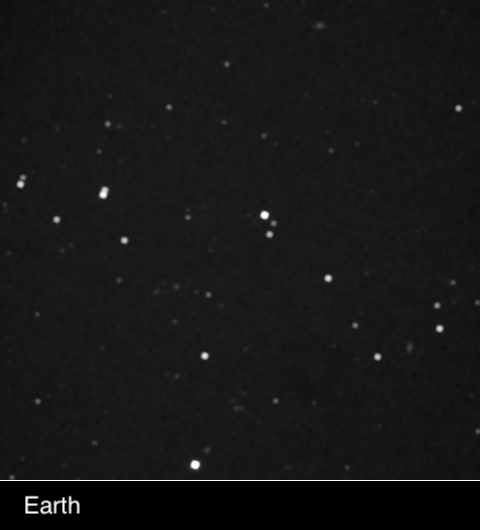Sweforce wrote:We have found lot's of exoplanets but still, we probably miss more then we see and we suspect that that there is a massive planet in our outer solar system that we have yet to find. I suspect that TCA's scoutships have the best astronomical sensor systems that they can equip them with and still, it probably take a long time to collect enough data to even guess that it is clear to jump into the next starsystem. A few months later, it may not be for another ship attempting the same jump due to a planet being currently "in the way". This perhaps could in itself be another reason to choose shallow or deep jumps. Currently jumping from Sol to Alpha/Beta Centauri would be impossible due to Proxima being in the way so you would be forced to jump there first. I do not know if an "microjump" deeper into the system would be allowed or if you just would have to endure a long normalspace travel to getting close to the central stars.
A fotnote about Proxima Centauri, despite this being our closest neighbouring star, not counting our own, it isn't visible to the naked eye being an extremly low luminosity red dwarf. It is also possible that it is in an unstable orbit being a visitor captured by Apha/Beta Centauri, it may break free again later. A suspected reason why we have centain disturbances in our solar system is that we probably had a similar visitor to our own solar system at one point. Whatever this was what we today know as Proxima Centauri I do not know but it would be cool if it was found out to be so. Otherwise there is another star out there, closeby, maybe even closer then Proxima, that we haven't even seen yet!
There are two issues here: one is the danger posed by the first jump to a previously unvisited system, and the other is the danger posed by jumps between two well-surveyed and traveled systems. The first case will obviously be more dangerous, as remote observations may be incomplete or in error, as you have mentioned. But the second condition will have fewer unknowns, as the system will have been well-surveyed locally, and frequent previous transits will have revealed any existing gravitational anomalies through trial and error.
I don't know whether the proposed Planet X exists in our own system, but the inability to find it despite some four years of searching in the location of the predicted orbit has left me skeptical. The inability to detect a proposed Neptune-mass planet in its predicted orbit seems suspect compared to our ability to detect and locate objects as tiny and dark as Arrakoth (a.k.a. Ultima Thule). In particular, as far as I'm aware, there is no evidence for the wobble in the Sun's path that we would expect such a body to create. Such bodies may well be common in exosolar systems, however, for our purposes, if very distant Planet X type bodies are so distant that they are not able to create a measurable wobble on their primary stars, then they should not pose any hazard to jump travel.
Jumping into multi-star systems presents a special problem, and in my model of how jump drive works, it could pose a significant barrier, since it could make the vast majority of star system off-limits to travel (since the vast majority of stars are in mult-star systems). I have chosen to suppose that there's a mathematical solution to jumping into a multi-star system (arriving at the shared center of mass), which seems logical given my understanding of physics. In the lore I propose that successful jumps into the Alpha Centauri system came some time after a jump into a single star system was successful. Fundamentally, a multiple-star system is not different in physics from any normal solar system, except for the masses of the objects in the system. The jump target must be the center of gravity of the entire system, rather than that of the star itself.
In theory, a jump between any two masses is possible, but this is limited by minimum power and velocity required for the jump; the target mass has to be significant enough to overcome the momentum of jump and pull the jumping vessel back into real-space. If an X-planet was distant and massive enough to fit within these parameters, then such a jump might be possible within the technology scope of the major combatants. But in this case we're talking more brown dwarf rather than X-planet.



